Your vital organs—screened
Scan your body for potential cancer and 500+ conditions in up to 13 organs.




Our scan is designed to















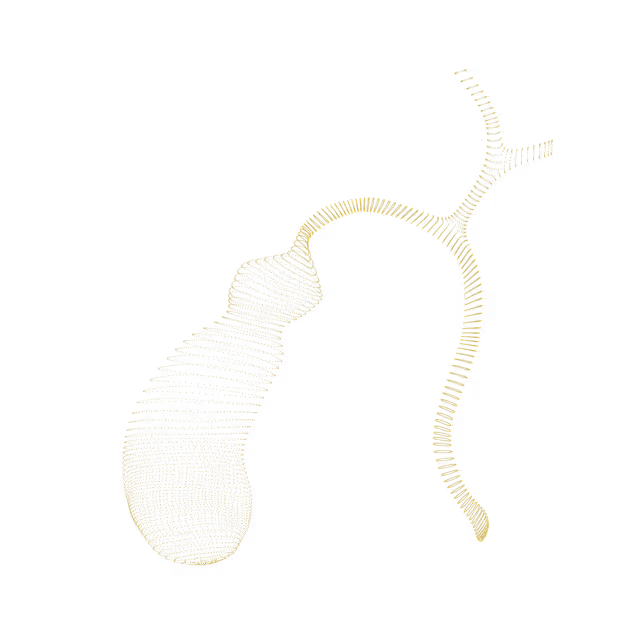
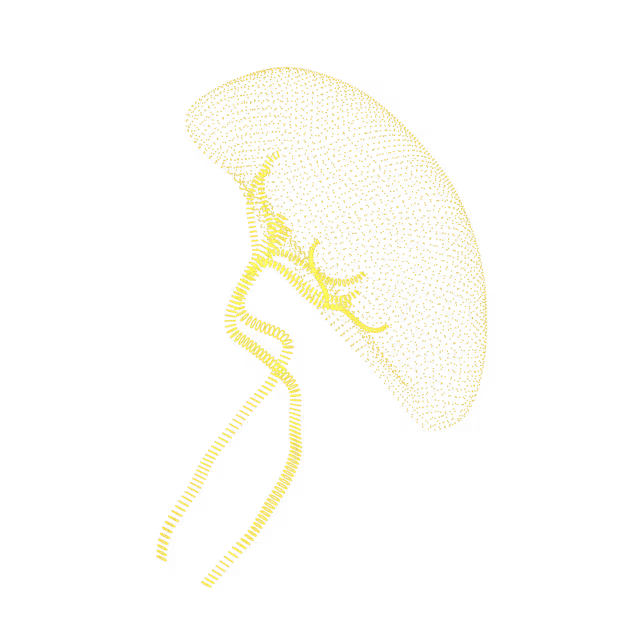

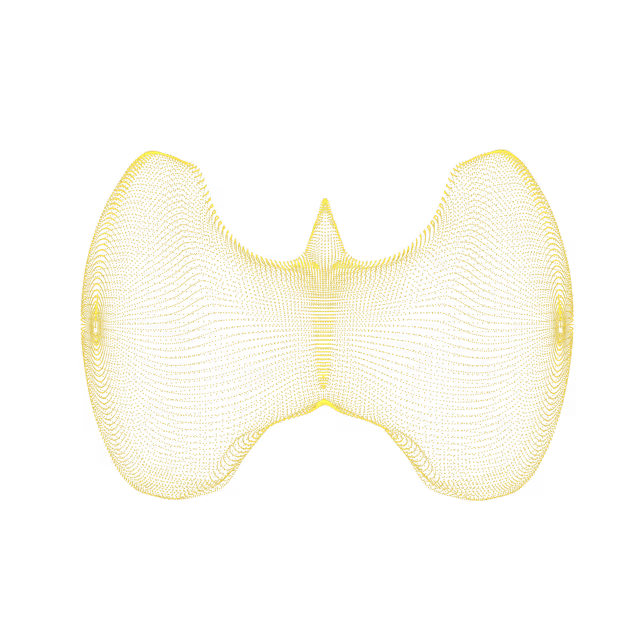

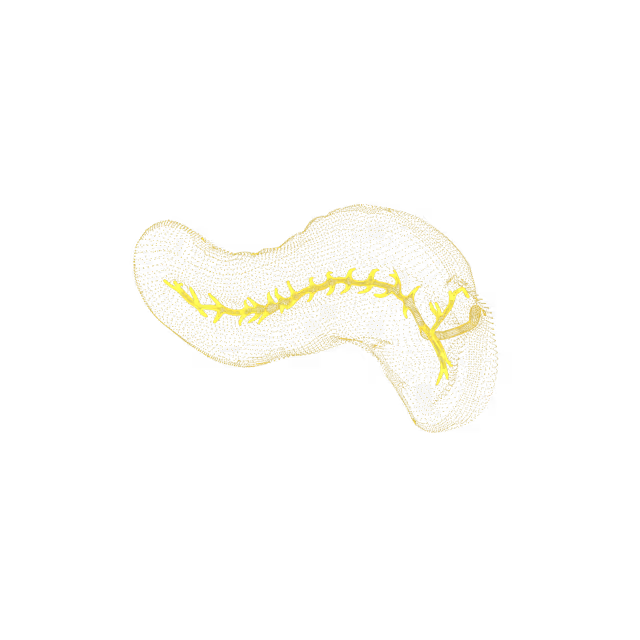
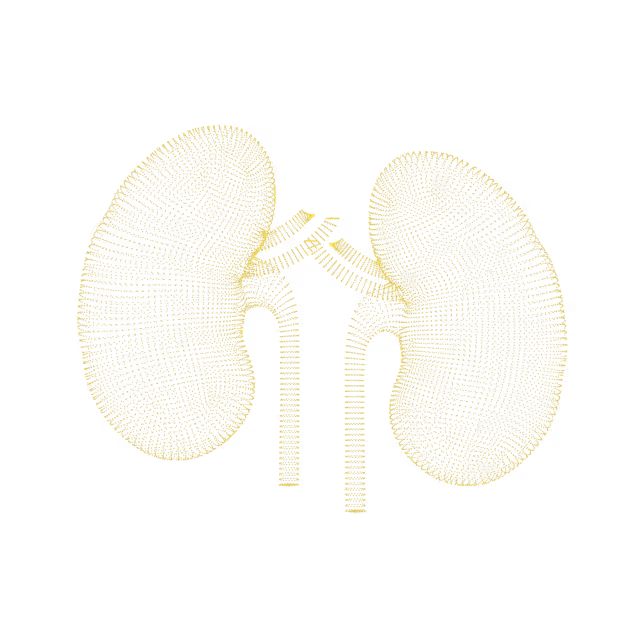
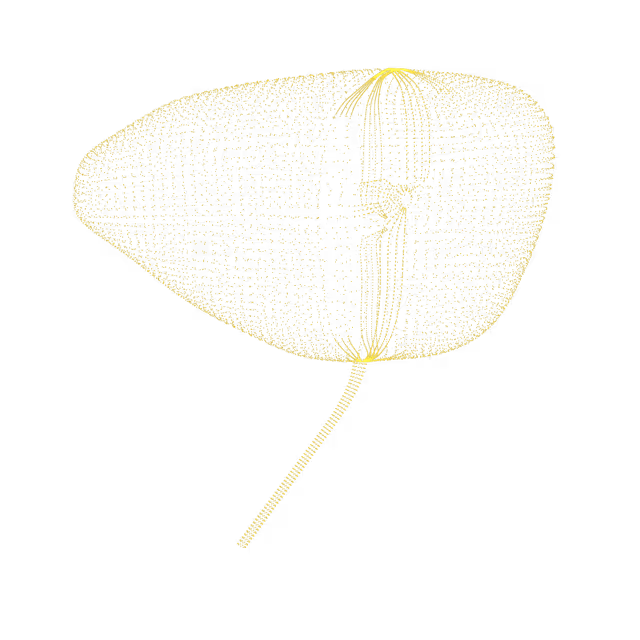
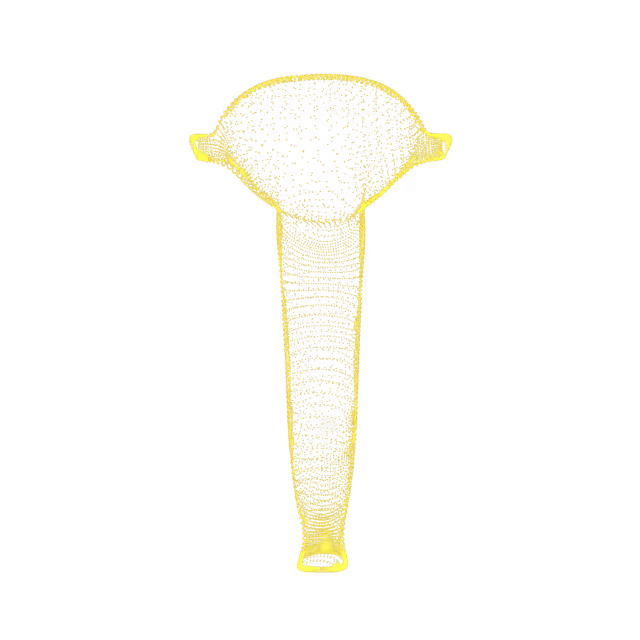
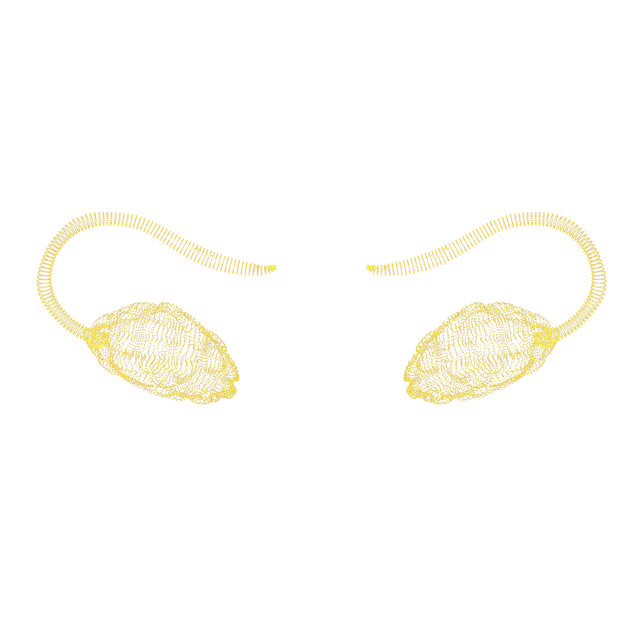
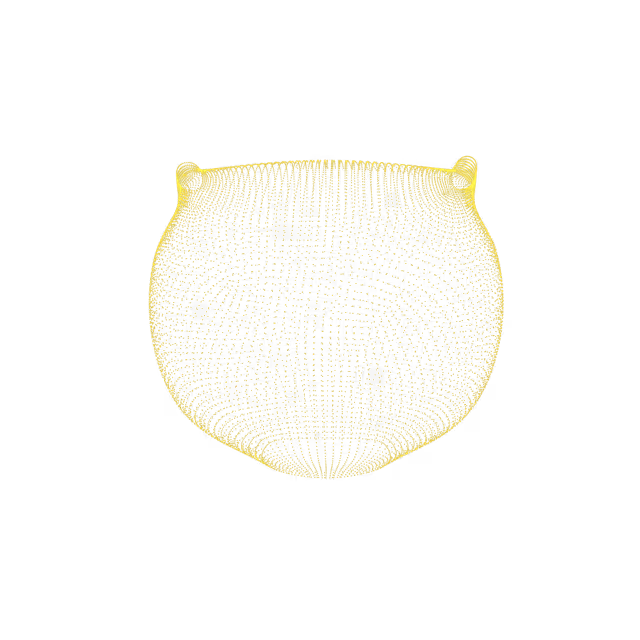

During hip replacement, a surgeon removes the damaged sections of the hip joint and replaces them with parts usually constructed of metal, ceramic and very hard plastic. This artificial joint (prosthesis) helps reduce pain and improve function.
There is a spot (lesion) on your femur (thigh bone) that looks like a collection of fibers and cysts (i.e. fibrocystic). When it is located in this part of the femur, it is also called an impingement cyst. Impingement cysts can be associated with a syndrome called femoroacetabular impingement (FAI) where the femur is too tight against the hip, causing increased friction with hip movements.
Hip impingement, also known as femoroacetabular impingement (FAI), is a condition in which there is abnormal and wearing contact between the ball and socket of the hip joint. The result is increased friction during hip movements that may damage the joint.
Cancer that has spread from the original (primary) tumor to the bone.
Myelomalacia means softening of the spinal cord, the major nerve “highway” between the brain and the rest of the body. This is typically caused by insufficient blood supply to the spine, which arises from trauma or severe degenerative changes from aging wear-and-tear on the spine.Myelomalacia is a serious condition and can lead to neurologic symptoms such as muscle weakness, numbness, incontinence, and difficulty breathing if very severe. Surgery may be required to stabilize the area of the spine and restore normal blood flow to that region.
A neurofibroma is a type of nerve tumor that forms soft bumps on or under the skin. It often has no clear cause. They are usually non-cancerous (benign), but rarely may become malignant (cancerous). Symptoms, if any, depend on the neurofibroma's location and size, and can include a lump that can be seen or felt and if it is compressing nerves, can cause pain or numbness in the affected area.
Scoliosis is a deformity of the spine that results in a sideways curve of the spinal column. If the spine curves towards the left side of the body, the condition is called levoscoliosis. If the spine curves towards the right side of the body, the condition is called dextroscoliosis. Scoliosis in an adult usually either developed during puberty or is from degenerative spine changes caused by wear-and-tear. The deformity is usually asymptomatic (does not cause symptoms) but can be the cause of chronic back pain.
A schwannoma is an abnormal growth of the "nerve sheath" covering nerves. It can occur anywhere in the body at any age. Schwannomas are usually benign (non-cancerous), but rarely can become malignant (cancerous). Symptoms from a schwannoma, if any, depend on its location and size and include a lump that can be seen or felt, pain, muscle weakness, tingling, numbness, hearing problems and facial paralysis.
Demineralization is when the mineral substances in bone are reduced. It can lead to serious diseases such as osteoporosis or tooth decay.
A disc bulge affects at least a quarter of the disc perimeter and involves only the outer cartilage. A disc herniation (also called ruptured disc or slipped disc) involves both the outer and inner cartilage and is created by a crack in the outer cartilage shell allowing the soft inner cartilage to stick out of the disc. Disc changes do not always cause symptoms, but can compress nerves, causing pain, numbness, tingling or weakness.


© 2025 Ezra